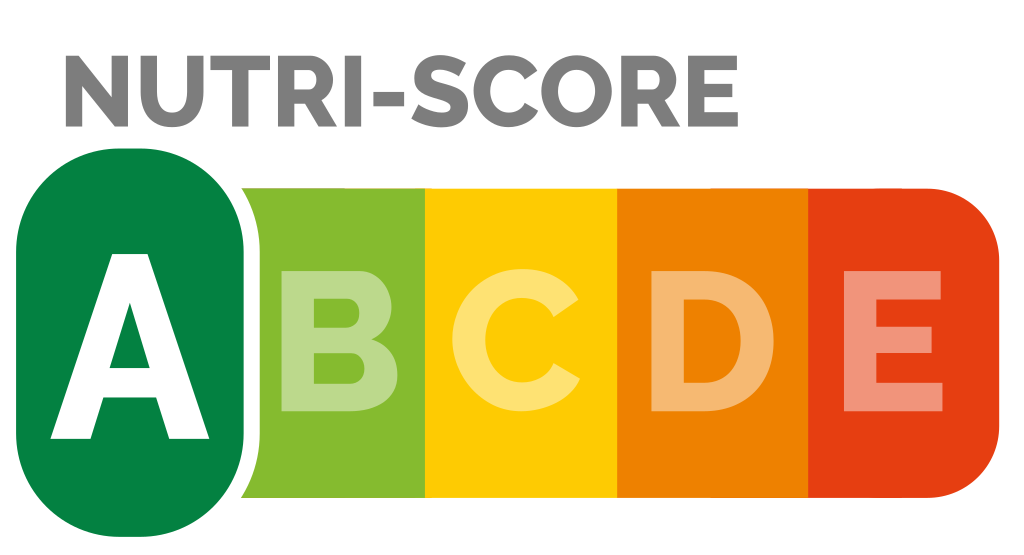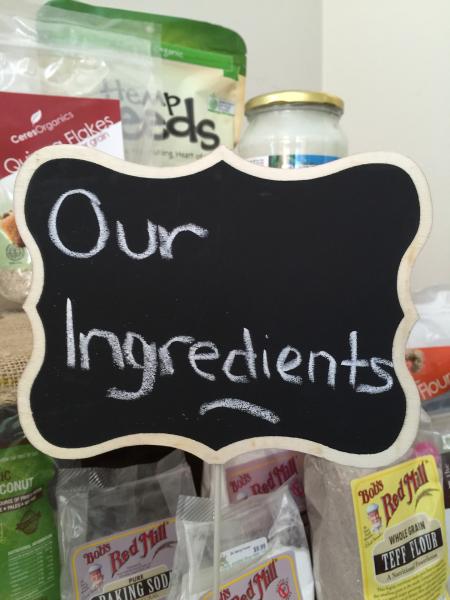American eating patterns don’t match the FDA dietary guidelines for a healthy lifestyle. A recent survey revealed that 75% of people don’t eat enough vegetables, fruits, and dairy. Sixty-three percent exceed the limit for added sugars, 77% exceed the limit for saturated fats, and a whopping 90% go over the limit for sodium. The results are expensive and heartbreaking. Food choices in the U.S. contribute to heart disease, high blood pressure, Type 2 diabetes, and certain types of cancer. Updating the ‘healthy’ definition is the FDA’s most recent effort to reduce diet-related chronic diseases.
The current claim for healthy was established in 1994. It limits total fat, saturated fat, cholesterol, and sodium in foods. Additionally, the foods must provide at least 10% of the Daily Value for at least one of the following: vitamin A, vitamin C, calcium, iron, protein, or fiber.
 The FDA now proposes to update the standard by concentrating on nutrient-dense foods. Under the new definition, raw whole fruits and vegetables would automatically be healthy because they are high in vitamins, minerals, and fiber, a nutrient profile that contributes positively not only to nutrient needs but also to a robust gut microbiome.
The FDA now proposes to update the standard by concentrating on nutrient-dense foods. Under the new definition, raw whole fruits and vegetables would automatically be healthy because they are high in vitamins, minerals, and fiber, a nutrient profile that contributes positively not only to nutrient needs but also to a robust gut microbiome.
Other changes to our definition of healthy food
Foods that would qualify as healthy with the new standard but are not currently healthy include avocados, nuts, seeds, fatty fish such as salmon, and certain oils. These are nutritionally-dense whole foods but were not considered healthy by the old standard due to their high-fat content. However, views on fats are evolving.
Mostly harmless and essential to life on earth, water is not on the healthy list now but will become healthy in the update as an alternative to “banned” beverages naturally rich or high in added sugars, such as fruit juices or soft drinks. While currently healthy, white bread, highly-sweetened yogurts, and breakfast cereals would be expelled from the list.
Does this seem confusing? Orange juice, for example, is a natural and inexpensive source of vitamin C. Here’s where we can weigh in with the FDA if we so choose. As part of the rule-making process, the FDA is required to collect comments. The comment period for healthy now runs for 85 days until December 28, 2022. Check out the Federal Register if you want a say in the new definition.
“Healthy” vs. Nutri-Score
Other nations have adopted or are considering healthy food labels. The 5-Colour Nutrition label or Nutri-Score is used in France, Belgium, Switzerland, Germany, Luxembourg, and the Netherlands as a rating system for  nutrient content. Foods receive a rating letter from A (best and green) to E (worst and red). It has been described as a ‘traffic light’ system to determine nutrition at-a-glance. The idea is to eat a greater quantity of A and B foods and a lesser amount of the Ds and Es. This system has been endorsed by the European Commission and the World Health Organization, but its methodology remains controversial.
nutrient content. Foods receive a rating letter from A (best and green) to E (worst and red). It has been described as a ‘traffic light’ system to determine nutrition at-a-glance. The idea is to eat a greater quantity of A and B foods and a lesser amount of the Ds and Es. This system has been endorsed by the European Commission and the World Health Organization, but its methodology remains controversial.
Some critics claim that it may promote highly-processed, low-nutrient foods over whole foods. Also, consumers using the Nutri-Score system need to understand that it is not used to compare foods from different categories but to score foods within categories. Eating only foods with the A designation may not provide the protein needed for muscle maintenance or fiber required for a healthy gut microbiome. Wholistic nutritional education is still needed. On the positive side, Nutri-Score could help debunk unwarranted ‘heath halos’ on certain foods. In an online survey with 1,103 German participants, researchers discovered that without the Nutri-Score labels, consumers were misled into thinking that instant cappuccino, chocolate muesli, and oat drinks were healthier than they were in actuality.
The FDA and the U.S. Department of Agriculture (USDA) have extensive websites and educational materials to help the American consumer make better dietary choices. Yet, many consumers still overindulge in fatty, sugary foods with empty calories. Consumers must be willing to go to credible, data-driven websites for information to educate themselves.
Front-of-the-package labels
To “aid” the busy consumer, US manufacturers often place a front-of-the-package (FOP) symbol on foods to “help” Americans make better decisions at the grocery store, saving them the effort of looking for the more detailed back-of-the-package Nutritional Information. A recent meta-analysis gave this concept mixed reviews. FOP labels such as ‘traffic lights,’ health star ratings, daily intake guides, health warnings, and high sugar label symbols were assessed.
- Traffic light labels were found to guide consumers to healthier choices in 5 of 12 studies.
- Health warning labels were effective half of the time.
- High sugar labels were influential in one study.
- Health star and daily intake guides did not affect purchases.
The researchers concluded that FOP nutrition labels had mixed results in ‘nudging’ consumers towards healthier foods.
Here’s the thing Joe, it’s not that easy.
At the recent White House Conference on Hunger, Nutrition, and Health, President Biden suggested moving nutrition labels to the front-of-the package and providing healthy symbols to help consumers make better choices. These issues have not been addressed by any previous administration since Nixon was President. Improving consumer nutrition, and as a result, consumer health is a conundrum needing more than symbols or labels. Scientific data from studies in real situations, such as supermarkets, are lacking for most food rating and labeling systems.
Let’s think about food and good nutrition in a new way. What if we gave nutrition the same status as medicine in promoting human health? It could be taught and reinforced in school curriculums as an essential life skill. What if we funded more research into interventions encouraging good dietary behaviors? Would these programs pay for themselves through lower societal costs by reducing chronic diseases and needless deaths?
Sources: White House Conference on Hunger, Nutrition and Health Health.gov
Dietary Guidelines for Americans, 2020-2025
Use of the Term Healthy on Food Labeling
A Fresh Take on What “Healthy” Means on Food Packages
Food Labeling: Nutrient Content Claims; Definition of Term “Healthy”
Nutri-Score: the Pros and Cons of Europe’s Food Labeling System Healthline




